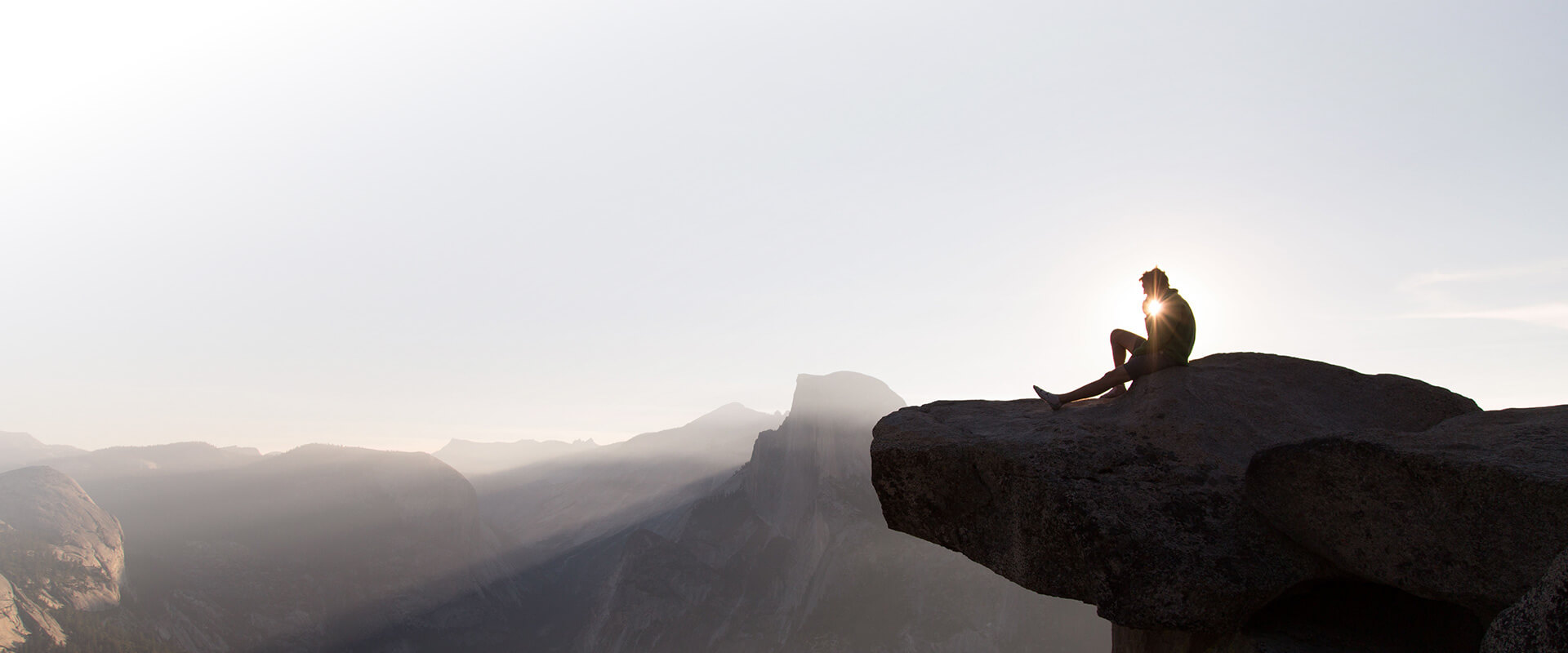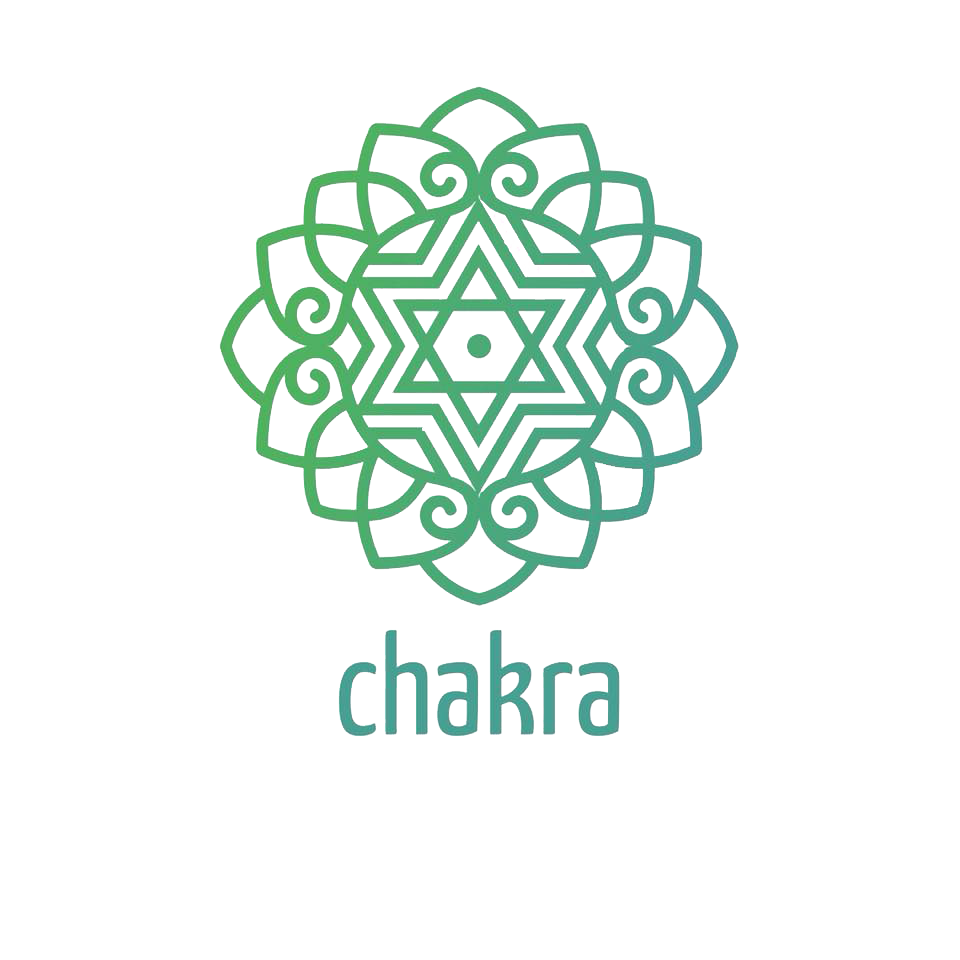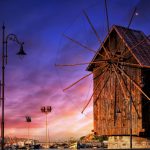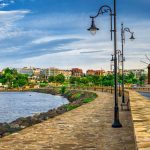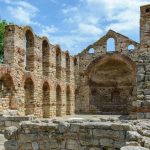The objects under the auspices of UNESCO in Bulgaria are a total of fourteen. Nine of them are in the category of tangible cultural heritage, and another 5 are included in the category of intangible cultural heritage of UNESCO. In this article, we will present these objects to you - because every Bulgarian should know about them and be proud of the incredible features of our nature and culture! Here is the list…
Sites of the material cultural heritage in Bulgaria falling under the auspices of UNESCO
Boyanska church
One of the must-visit places in the area around Sofia is the Boyana Church. It is a medieval Bulgarian Orthodox church located on the outskirts of the capital, in the Boyana district. Located at the foot of the mountain VitoshaThe Boyana Church is surrounded by centuries-old forests and beautiful streams. The monument was declared a UNESCO World Heritage Site in 1979. The church is famous for its frescoes made in 1259. They are one of the most complete and best preserved examples of medieval art in Eastern Europe. There are a total of eighty-nine scenes with two hundred and forty human figures. The author is unknown, and as a preventive measure to preserve the unique murals, an air conditioner has been installed to maintain the temperature between 17 and 18 degrees Celsius all year round. Visiting groups can only stay indoors for up to 15 minutes.

Ivanovo rock churches
A proof of how strong the faith is in the Bulgarian lands. The unique complex of churches, chapels and cells carved into the rocks is located about 30 km from the Danube city. ruse, and were inscribed on the UNESCO World Heritage List in 1979. The first monks carved their cells there in the XII century. And the frescoes from the 14th century testify to highly developed artistic mastery from ancient times.
See also: What to see in Ruse
Find great accommodations in the Rousse region here:
Kazanlak Tomb
This is a Thracian tomb accidentally discovered by soldiers in 1944 while digging a trench. The tomb itself is both richly decorated and surprisingly small. Dated to the end of the 4th century BC, the entire tomb consists of a narrow corridor, only a few meters long and not much more than half a meter wide, while the main burial chamber is a tolos or beehive-shaped tomb. It is about 3.5 meters high and about 2.5 meters wide at the base. Both the corridor and the main chamber are covered with ornate frescoes - the main credit for the great fame of the tomb. These are some of the best preserved frescoes from ancient painting dating back to the early Hellenistic era.

Madara Horseman
The relief depicts a horseman in a natural position with a sword in his hand. The relief depicts a majestic horseman 23 meters above the ground, carved into an almost vertical 100 meter rock. A lion is depicted at the horse's feet, and his hunting dog is depicted behind the rider. The scene symbolically depicts a military triumph. Legend has it that a Roman emperor hunted on the plateau when he fell off a cliff and died. His relatives remembered him by carving and perpetuating his image on the rock. Another version is that the monument was created during the reign of the Bulgarian khan Tervel and is probably an image of the khan himself and the work of the proto-Bulgarians - then a nomadic tribe of warriors who settled in northeastern Bulgaria in the late 7th century. AD Other theories link the relief to the ancient Thracians, claiming that the horseman depicted a Thracian god.
See also: Legends of the Thracians and Besis

The old town of Nessebar
The old town of Nessebar is part of the small town, which is connected to the main part by an isthmus (a narrow piece of land connecting two larger areas) and this is the main reason for the interest of tourists to the city. The old town of Nessebar is part of the UNESCO World Heritage List, as well as part of the 100 tourist sites in Bulgaria. As you enter the old town, you will be able to see more than 23 churches - some of which come from ancient times, but are very well preserved. You will also be able to see how Bulgarians lived during the Renaissance, as some streets are just like a few hundred years ago.
The Rila Monastery
The Monastery of St. Ivan Rilski is the largest and most beautiful monastery in Bulgaria. Named after St. Ivan Rilski - a hermit from the tenth century, who lived in a nearby cave, the monastery was built, burned and rebuilt over the centuries, the last building being from the 19th century. As soon as you enter the yard of the monastery you will be stunned by the perfect harmony of the church, with its graceful arches in bold stripes of black and white, located under a number of sculpted statues, tiled roofs and five domes rising to the sky. In the distance are the peaks of Rila Mountain, the monastery is a unique place for a walk. It was included in the UNESCO World Heritage List in 1983.

The Sveshtari tomb
The tomb in Sveshtari is younger than the tomb in Kazanlak and was discovered much sooner - it was discovered only in the early 80s of the last century! There is also a different architectural style, with more rooms (veranda, two rooms and the actual burial chamber), and there is no tolos room like in the Kazanlak tomb. There are no frescoes and frescoes inside as in the Kazanlak tomb, for example, but that does not make it any less remarkable! In the main chamber there are ten amazing sculptures on the walls: semi-female, semi-plant caryatids (or columns in human form) holding the ceiling. Sveshtari Tomb was added to the UNESCO World Heritage List in 1985. Extremely beautiful place that should be included in your list of sights to visit in Bulgaria!
National Park Pirin
Located in the highest parts of Pirin Mountain, Pirin National Park encompasses rocky alpine peaks that rise over 2,500 meters in the atmosphere with more than a hundred circuses located at their foot. The magnificent landscape consists of centuries-old forests, waterfalls, caves and limestone areas, which are home to many animals and endemics such as edelweiss and Pirin poppy. With an abundance of rare and endemic species of plants and animals, this unique national park was included in the UNESCO World Heritage List in 1983.
See also: Bansko - the winter pearl of Bulgaria
See the beauty of Pirin in this short video from ours Youtube channel:

Srebarna Nature Reserve
The Srebarna Reserve is located on the west bank of the Danube. The reserve is a habitat for about 180 species of birds, both nesting and migrating. Among the most interesting bird species observed there are the Dalmatian Pelican, Great Egret, Night Heron, Purple Heron, Shiny Ibis and White Sparrowhawk. The reserve came under the auspices of UNESCO in 1983.

Sites of the intangible cultural heritage in Bulgaria under the auspices of UNESCO
Firefighting
A nation that walks on embers cannot be destroyed! Firefighting is a magical tradition that glorifies Bulgarian culture around the world! It is difficult to trace the roots of the tradition, but researchers believe it all began as an ancient Thracian ritual dedicated to the sun, where embers symbolize the warmth and light of the sun. Only the Thracian king (who was also the highest priest) could perform the ritual. When Christianity arrived and conquered the Thracian territories, the ritual was slightly transformed to suit the new religion, and so the icon with the saints was included, with which the firefighters dance today. The ritual was banned during the communist era in Bulgaria, but locals continue to practice it secretly, on a smaller scale. Over the last 30 years, it has revived and attracted many tourists from around the world. Firefighting was included in the list of intangible cultural heritage of UNESCO in 2009.

Surva
Survakar holidays are an ancient custom held in the Bulgarian lands during the winter season. The wheelers themselves, also called mummers, are masked men who perform different plots, incarnating in various images - grandparents, king, tax collector and others. There are many mummer festivals that take place in Bulgaria, but each of them takes place at different times in different parts of Bulgaria. The mummers' fair, which is held in the village of Shiroka Laka, is especially interesting. The event is also called "Pesponedelnik" and is held on the first Sunday of March. As elsewhere, masked men roam here to ward off evil. Similar festivals are held in Pernik, Plovdiv, Gushnik, Bansko and many others.
See also: 3 events to visit in Bulgaria in winter

The folklore festival in Koprivshtitsa
A unique event, a kind of repository of Bulgarianness over the years! The festival is held every 4 years. The festival brings together many original folklore groups and craftsmen, as the main goal is to preserve the Bulgarian traditions for the younger generations.

The martenitsa
One of the most beloved and long-awaited Bulgarian rituals - decorating with Martenitsa is also included in the UNESCO list of intangible cultural heritage. The roots of the ritual date back to pagan times. Red symbolizes the feminine, health, conception and birth, and white - the masculine, strength and light. With this constant combination between man and woman, which actually rules the world, Bulgarian folklore heralds the beginning of the spring season and a new beginning.
See also: Custom related to the Bulgarian Christmas

The grandmothers of Bystrica
With their uniqueness and charisma, the Bistrica grandmothers entered the UNESCO list of intangible cultural heritage in 2005. They are a self-made group of singers of authentic folklore from the Sofia village of Bistrica.



